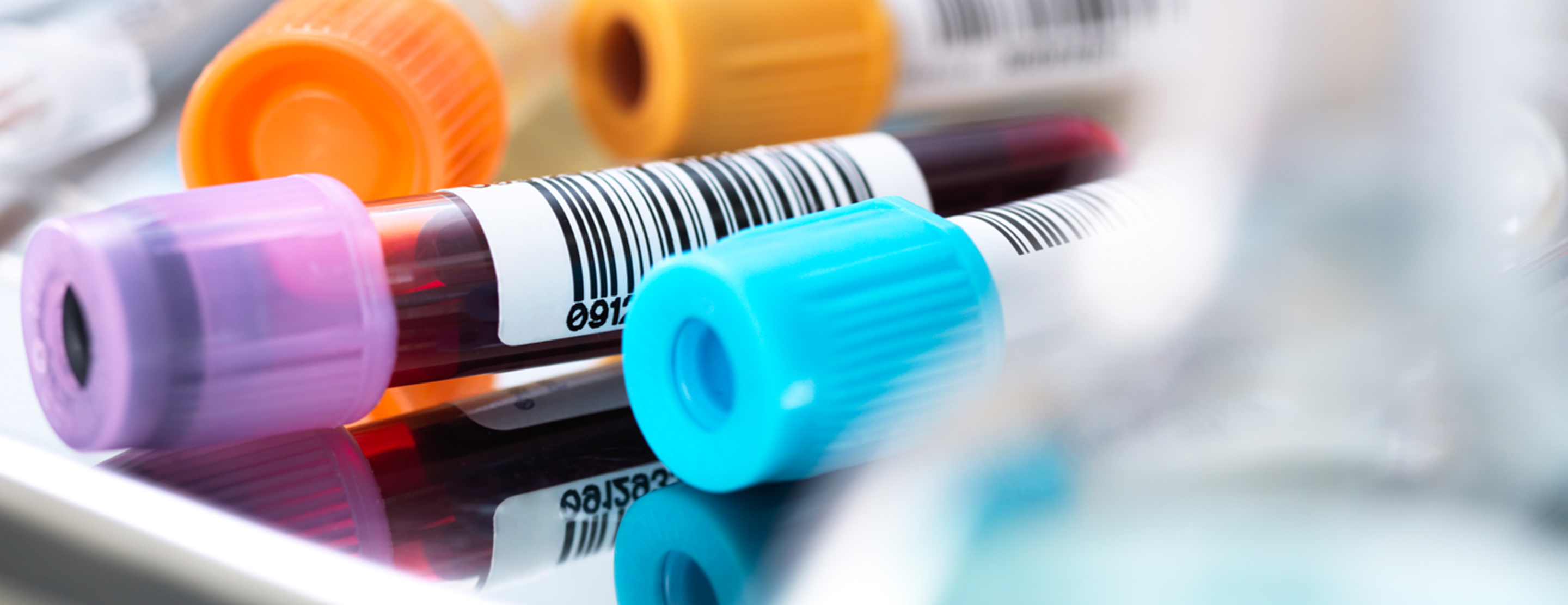
CMV blood test
Definition
The CMV blood test determines the presence of substances (proteins) called
Alternative Names
CMV antibody tests
How the Test is Performed
A
How to Prepare for the Test
There is no special preparation for the test.
How the Test will Feel
When the needle is inserted to draw blood, some people feel moderate pain, while others feel only a prick or stinging. Afterward, there may be some throbbing or a slight bruise. This soon goes away.
Why the Test is Performed
The CMV blood test is performed to detect current active CMV infection, or past CMV infection in people who are at risk for reactivation of infection. These people include organ transplant recipients and those with a suppressed immune system. The test may also be performed to detect
Normal Results
People who have never been infected with CMV have no detectable antibodies to CMV.
Normal value ranges may vary slightly among different laboratories. Some labs use different measurements or test different samples. Talk to your health care provider about the meaning of your specific test results.
What Abnormal Results Mean
The presence of antibodies to CMV indicates a current or past infection with CMV. If the number of antibodies (called the antibody titer) rises over a few weeks, it may mean that you have a current or recent infection.
Long-term (chronic) CMV infection (in which the antibody count stays about the same over time) can reactivate in a person with a suppressed immune system.
Risks
There is little risk involved with having your blood taken. Veins and arteries vary in size from one person to another and from one side of the body to the other. Taking blood from some people may be more difficult than from others.
Other risks associated with having blood drawn are slight, but may include:
- Excessive bleeding
- Fainting or feeling lightheaded
- Multiple punctures to locate veins
- Hematoma (blood accumulating under the skin)
- Infection (a slight risk any time the skin is broken)
Considerations
To detect a blood or organ infection with CMV, the provider can test for the presence of CMV itself in the blood or a specific organ.
References
Britt WJ. Cytomegalovirus. In: Bennett JE, Dolin R, Blaser MJ, eds. Mandell, Douglas, and Bennett's Principles and Practice of Infectious Diseases. 9th ed. Philadelphia, PA: Elsevier; 2020:chap 137.
Mazur LJ, Costello M. Viral infections. In: McPherson RA, Pincus MR, eds. Henry's Clinical Diagnosis and Management by Laboratory Methods. 23rd ed. St Louis, MO: Elsevier; 2017:chap 56.
Review Date: 08/25/2019
The information provided herein should not be used during any medical emergency or for the diagnosis or treatment of any medical condition. A licensed physician should be consulted for diagnosis and treatment of any and all medical conditions. Call 911 for all medical emergencies. Links to other sites are provided for information only -- they do not constitute endorsements of those other sites. Copyright ©2019 A.D.A.M., Inc., as modified by University of California San Francisco. Any duplication or distribution of the information contained herein is strictly prohibited.
Information developed by A.D.A.M., Inc. regarding tests and test results may not directly correspond with information provided by UCSF Health. Please discuss with your doctor any questions or concerns you may have.





